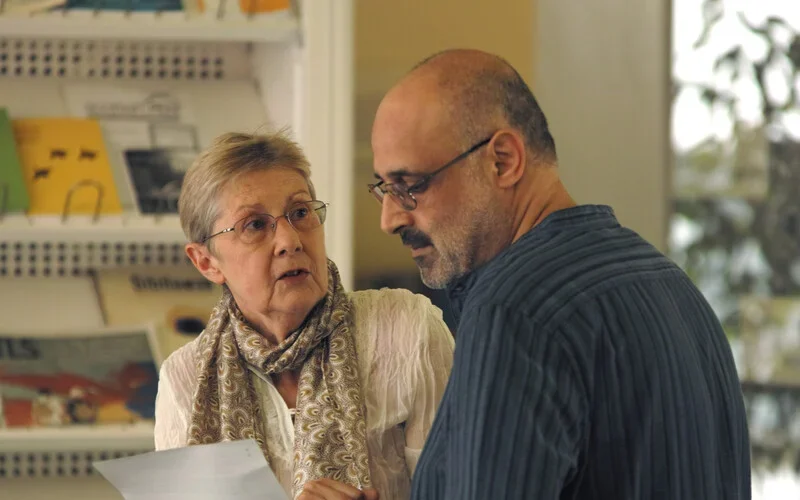In an era when content races past our eyes and hearts alike, poetry remains the one form of expression that demands our full attention. It invites us to pause, to listen to the echoes of our own longing, and to find resonance in words that refuse to gloss over the rawness of lived experience. Yet poetry does not exist in isolation. It breathes alongside the mediums and movements that shape our world: entertainment, faith, politics, and technology. Together, these five pillars form the architecture of our modern lives. When we explore their intersections, we discover a richer, more complex portrait of humanity—one in which the act of creating and consuming art becomes inseparable from the hopes we hold, the beliefs we wrestle with, the societies we inhabit, and the tools we wield.
1. Poetry: The Heartbeat of Authentic Expression
At its core, poetry is a revolt against the superficial. In a time of polished headlines and bite-sized social media snippets, a single poem can cut through the noise and deliver a truth that lingers long after the last line. Poetry summons us to confront our deepest emotions—joy, sorrow, rage, wonder—in their purest forms. It doesn’t ask for permission; it compels us to bear witness.
Emotion as Evidence: Unlike narrative prose or journalistic accounts, poetry often dispenses with chronology and context in favor of feeling. A poem about loss might begin in the present tense, loop into memory, and circle back to an ache that has no resolution. That lyric freedom is its power: it holds complexity without explaining it away.
Voice as Ownership: In every stanza, the poet stakes a claim to authenticity. Whether riffing on personal grief or riffing on collective memory, the act of writing a poem is an act of self-possession. It declares, “This is my experience, unfiltered and unedited.”
Rhythm as Ritual: Even free‐verse poems carry an internal music, a cadence that echoes the pulse of thought and breath. That rhythm turns reading into a shared ritual, one where author and reader synchronize in the space between words.
2. Entertainment: The Mirror in Motion
Entertainment—films, music, television, and digital media—functions as our communal dream. It reflects our desires, our anxieties, our fantasies, and our fears back at us, often in high definition and surround sound. Yet the most meaningful entertainment does more than distract; it interrogates.
Narrative as Negotiation: A blockbuster film may transport us to distant galaxies, but its subtext often grapples with the politics of identity, power, or survival. When we dissect a movie’s storyline or a hit song’s lyrics, we’re negotiating our own values against the storyteller’s vision.
Representation as Responsibility: Who gets to be the hero, and who remains on the periphery? Entertainment shapes cultural norms by deciding which voices receive airtime. Listening critically to what and who is celebrated—versus what is marginalized—reveals the unspoken hierarchies in our society.
Engagement as Empathy: Binging a series about a community unlike our own can foster empathy in ways that statistics never will. Stories humanize abstract “others,” whether they’re characters from another background, another belief system, or another species altogether.
When poetry meets entertainment—when poems are set to music, when verse inspires screenplays—the result can be transcendent. We feel the words amplified by melody, the meter echoing in imagery, and discover that art forms only deepen one another.
3. Faith: The Questioning Pulse
Faith is not a destination; it’s an ever-shifting journey between doubt and conviction. Whether rooted in organized religion, personal spirituality, or secular awe, faith asks us to stretch beyond what we can measure or control.
Inquiry Over Answers: True faith thrives on questions: What do we believe when our foundations are shaken? How do we pray when hope feels like a fragile ember? Poetry provides the language for those questions, giving form to the unspoken tremors of the soul.
Ritual as Resonance: Just as a poem’s structure can feel like a heartbeat, religious or spiritual rituals create communal rhythms. The repetition of a chant, the lighting of a candle, or the turning of a page in scripture all echo the way a well-crafted poem returns to its signature line.
Transcendence in Language: Faith often points beyond the material world—to something greater or grander. Poetry does the same, using metaphor and symbol to gesture toward the ineffable. In both, words become vessels for experiences that exceed literal description.
By weaving faith into poetic practice, writers can transform abstract doctrines into living, breathing conversations. Verse becomes prayer, prayer becomes verse, and the boundary between writer and worshipper dissolves.
4. Politics: Poetry with Purpose
Politics might seem far removed from the intimate space of a notebook or a quiet reading room, but poetry has always been political—because to write from the heart is to stake a claim in the public sphere.
Justice as Urgency: When poets lift up the voices of the oppressed, they turn personal pain into collective wake-up calls. Poems about systemic racism, economic inequality, or environmental collapse aren’t just commentary; they’re demands for accountability.
Dissent as Declaration: A sharp couplet can cut deeper than a thousand tweets. By naming injustice in the compact language of poetry, writers can puncture complacency and invite action.
Solidarity as Stanza: Poetry communities—open mics, workshops, anthologies—are microcosms of democratic exchange. When poets share work that resonates with others’ struggles, they knit a network of solidarity that transcends geography and ideology.
At the same time, political poetry must resist preachiness. Its greatest strength lies in its ability to evoke empathy rather than simply instruct. A poem that captures the human cost of policy decisions invites readers to feel alongside its subjects—and in that feeling, the seeds of change are sown.
5. Technology: The Double-Edged Quill
Technology shapes nearly every aspect of how we write, share, and engage with poetry—and the other pillars it intersects with. Yet its gifts come wrapped in uncertainties.
Amplification vs. Dilution: Digital platforms allow poems to reach global audiences in seconds. But the infinite scroll also threatens to bury nuance under an avalanche of content. The poet’s challenge is to harness technology’s reach without sacrificing depth.
AI as Collaborator or Competitor: Machine-generated text can mimic verse, raising questions about creativity and authenticity. When algorithms generate stanzas, what differentiates human art? The answer lies in intention—the distinctly human impulse to shape language in service of emotion and insight.
Surveillance vs. Sanctuary: Online communities can foster connection, but they also expose writers to harassment and censorship. Poetry in the digital age must navigate this tension, finding pockets of sanctuary where vulnerability can flourish safely.
Technology’s influence extends beyond writing tools—it colors politics (through surveillance), faith (through virtual worship), and entertainment (through streaming). Recognizing both the promises and perils of these innovations empowers poets and readers alike to steward them responsibly.
Weaving a Unified Tapestry
When we examine Poetry, Entertainment, Faith, Politics, and Technology side by side, we see that none stands alone. Poetic lines echo in political manifestos; faith infuses the stories that entertain us; technology reshapes the ways we gather, reflect, and dissent. The richest creative work embraces these intersections:
A spoken-word performance that critiques social media algorithms;
A faith-inspired elegy that finds new life in a digital chapbook;
A protest anthem that fuses rap’s rhythmic poetry with cinematic production values;
A virtual reality experience that invites participants into a living poem about community.
These hybrid forms remind us that our disciplines are porous. Our ideas migrate across genres, challenging us to see old truths in new lights.
Conclusion: An Invitation to Presence
In a world increasingly driven by metrics—clicks, likes, shares—our most radical act is to remain present. Poetry slows us down. Entertainment challenges us to reflect. Faith presses us to question. Politics compels us to care. Technology offers tools that we must learn to wield wisely.
By engaging all five pillars together, we reclaim authorship of our own stories. We resist the passive consumption of culture and instead become active participants in its creation. The next time you read a poem, watch a film, offer a prayer, debate a policy, or draft a line of code, ask yourself:
How does this moment connect me to ethics, to empathy, to something beyond myself?
Answering that question might not yield easy truths—but it will lead you deeper into presence, and into the kind of creative life that can transform not only individual hearts, but the collective soul of our time.



